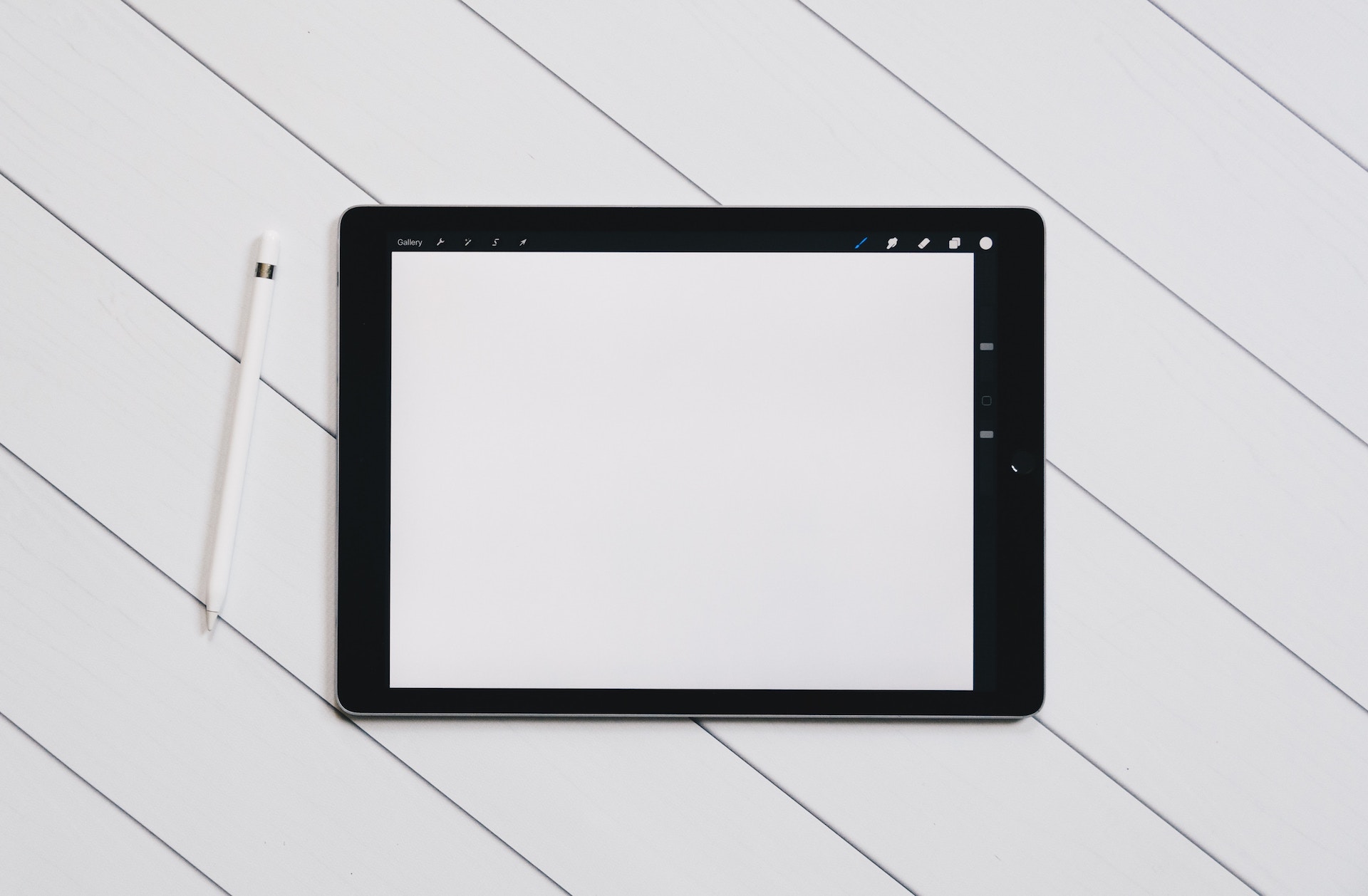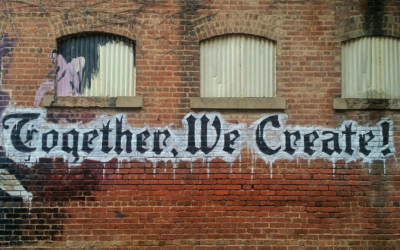That’s it. You’re done. You’ve done nothing in marketing.
If only that’s exactly what we meant. But there’s always more to the story than what lies on the surface.
We recently read a piece by Dennis Maloney, the Chief Digital Officer at Domino’s. He talks about why Domino’s has offered up 15 different ways for a customer to get their pizza fix. And while that aspect is interesting (Did you know you can send them a pizza emoji on social media to get the delivery process rolling?), we were more inspired by the realization that brought them to this kind of innovation.
About six years ago, the nearly-60-year-old company took a good hard look at how customers were interacting with Domino’s and realized that for online ordering, there was unnecessary friction happening. Customers were performing at least 15 distinct actions just to begin the process of having a pizza show up at their door. So Domino’s decided they needed to implement “friction-free” processes.
And that’s the idea that stuck with us. We all should be making it as easy as possible to get our clients, customers, and consumers at large to do what we want them to do. We should all be following the Zero Friction Model.
Why is this so important? A recent study shows us how ease of use affects the user experience. Almost half (46%) of users say they leave a website because they can’t tell what the company does (i.e., a lack of effective messaging), 44% of users leave due to lack of contact information, and 37% of users leave due to poor design or navigation. Which to us sounds like a far cry fry from friction-free experience.
In marketing, to achieve an experience with as little resistance as possible, that means any obstacles that might be keeping customers from applying, clicking, viewing more should be removed. We should be thinking outside the box of what clients really want their customers to be doing, and finding new, simple entry points. Even though we might not be delivering pizzas to our clients’ customers, have the ability to be the ones who bring innovative ideas and customer-centric experiences into play in smart, engaging and ultimately effective ways.
Our parting words: Keep these three things in mind when you’re thinking about usability.
- Your audience is unique. You can collect all the data you want on similar audience types, but when it comes down to it, only your audience will know what they like. You can use this uncertainty to test assumptions, ask your customers what they like and don’t like, and apply it to your marketing efforts.
- Stop thinking about your company from your perspective. Think about what your customer is seeking first, and your efforts will always be more successful.
- We’ll say it again: test test test. Marketing is a lot like science, we must test our hypotheses. Experiment with your initiatives and keep making changes. The market is evolving too quickly not to.
Reach out to us to start a conversation about zero-friction marketing or any other topic.





